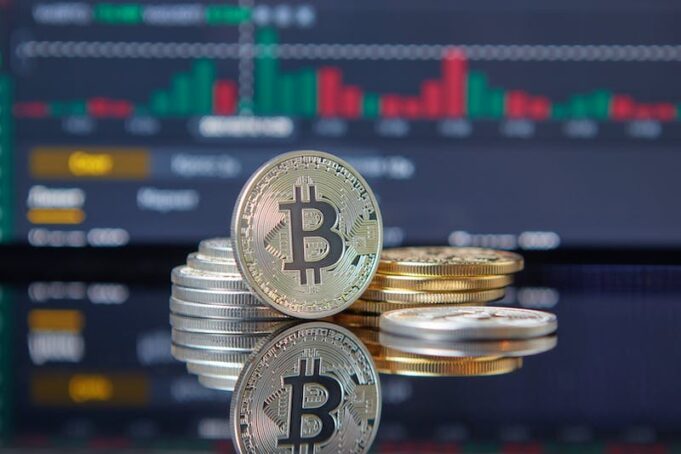Bitcoin mining is the process of adding transaction records to the blockchain, which is a public ledger of all bitcoin transactions. This process involves using computer processing power to solve complex mathematical problems and validate transactions. In return for their efforts, miners are rewarded with bitcoin.
If you’re interested in getting started with bitcoin mining, there are a few things you need to know. In this article, we’ll cover everything from the basics of mining to the equipment you’ll need and the best places to mine.
Choosing the Right Equipment
The first step in bitcoin mining is choosing the right equipment. This typically involves purchasing specialized hardware designed for mining, such as an ASIC (Application-Specific Integrated Circuit) miner.
ASIC miners are specifically designed to mine bitcoin, and they offer much better performance and efficiency than general-purpose CPUs or GPUs. However, these devices can be expensive, with prices ranging from a few hundred dollars to several thousand.
Some popular ASIC miners include the AntMiner S9, the Avalon 741, and the Dragonmint T1. When choosing an ASIC miner, you’ll want to consider factors such as hash rate, power consumption, and price.
Setting Up Your Mining Rig
Once you have your equipment, you’ll need to set up your mining rig. This typically involves connecting your ASIC miner to a power source and a mining pool.
A mining pool is a group of miners who work together to solve blocks and share the rewards. By joining a mining pool, you’ll have a better chance of earning bitcoin than if you were mining on your own.
Some popular mining pools include Slush Pool, F2Pool, and BTC.com. When choosing a mining pool, you’ll want to consider factors such as the pool’s fees, payout structure, and reputation.
Mining Software
In addition to hardware and a mining pool, you’ll also need mining software to run your rig. This software is responsible for communicating with the mining pool and performing the actual mining process.
Some popular mining software options include CGMiner, BFGMiner, and EasyMiner. When choosing mining software, you’ll want to consider factors such as ease of use, compatibility with your hardware, and features such as automatic overclocking.
Where to Mine
Now that you have your equipment, mining rig, and software set up, it’s time to start mining. But where should you mine?
The answer to this question largely depends on your goals and resources. If you’re looking to mine bitcoin as a hobby or to learn more about the technology, you may want to consider mining on your own or with a small group of friends using consumer-grade hardware.
However, if you’re looking to mine bitcoin for profit, you’ll likely need to invest in specialized hardware and join a mining pool. You’ll also want to consider the cost of electricity in your region, as this can have a significant impact on your profitability.
Some popular mining locations include China, Russia, and Iceland, all of which have cheap electricity and a favorable regulatory environment for mining. However, these locations can be expensive to set up and operate, and they may not be feasible for small-scale miners.
Conclusion
Bitcoin mining can be a lucrative and rewarding endeavor, but it requires a significant investment of time, money, and resources. If you’re interested in getting started with bitcoin mining, be sure to do your research and choose the right equipment, mining pool, and location for your needs.
Whether you’re looking to mine for fun or for profit, there are plenty of resources available to help you get started. By following the tips and advice in this article, you’ll be well on your way to becoming a successful bitcoin miner.

























